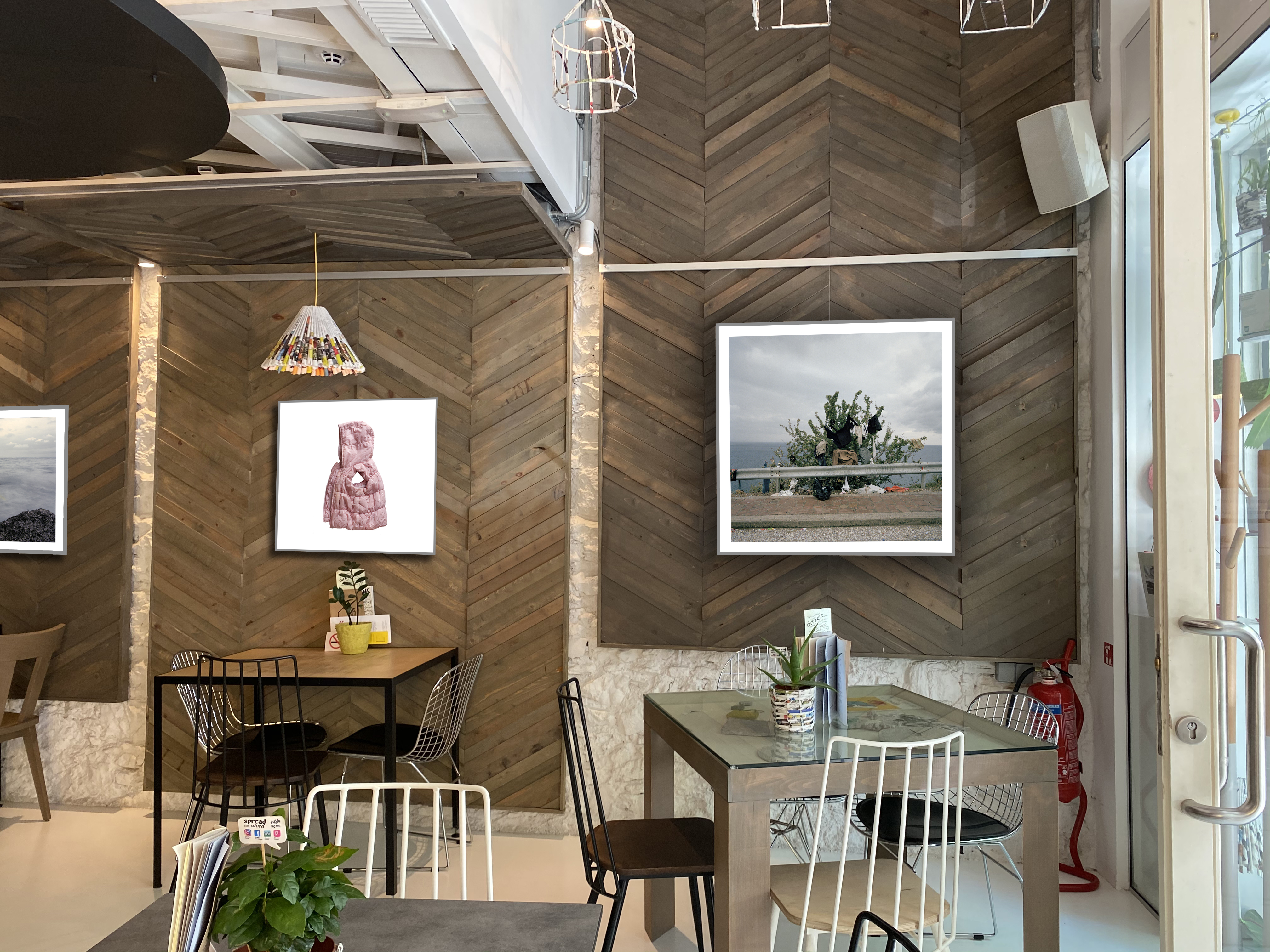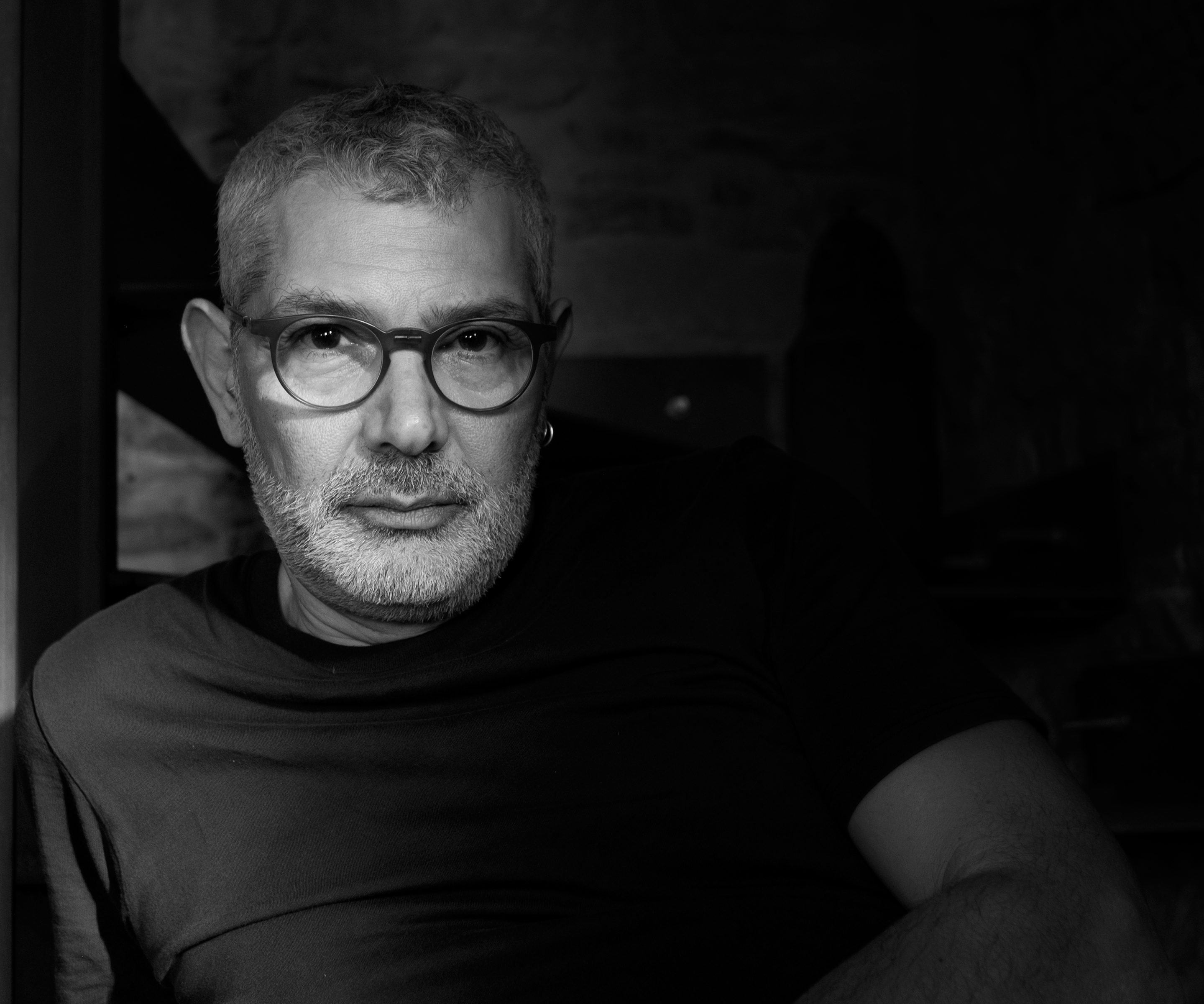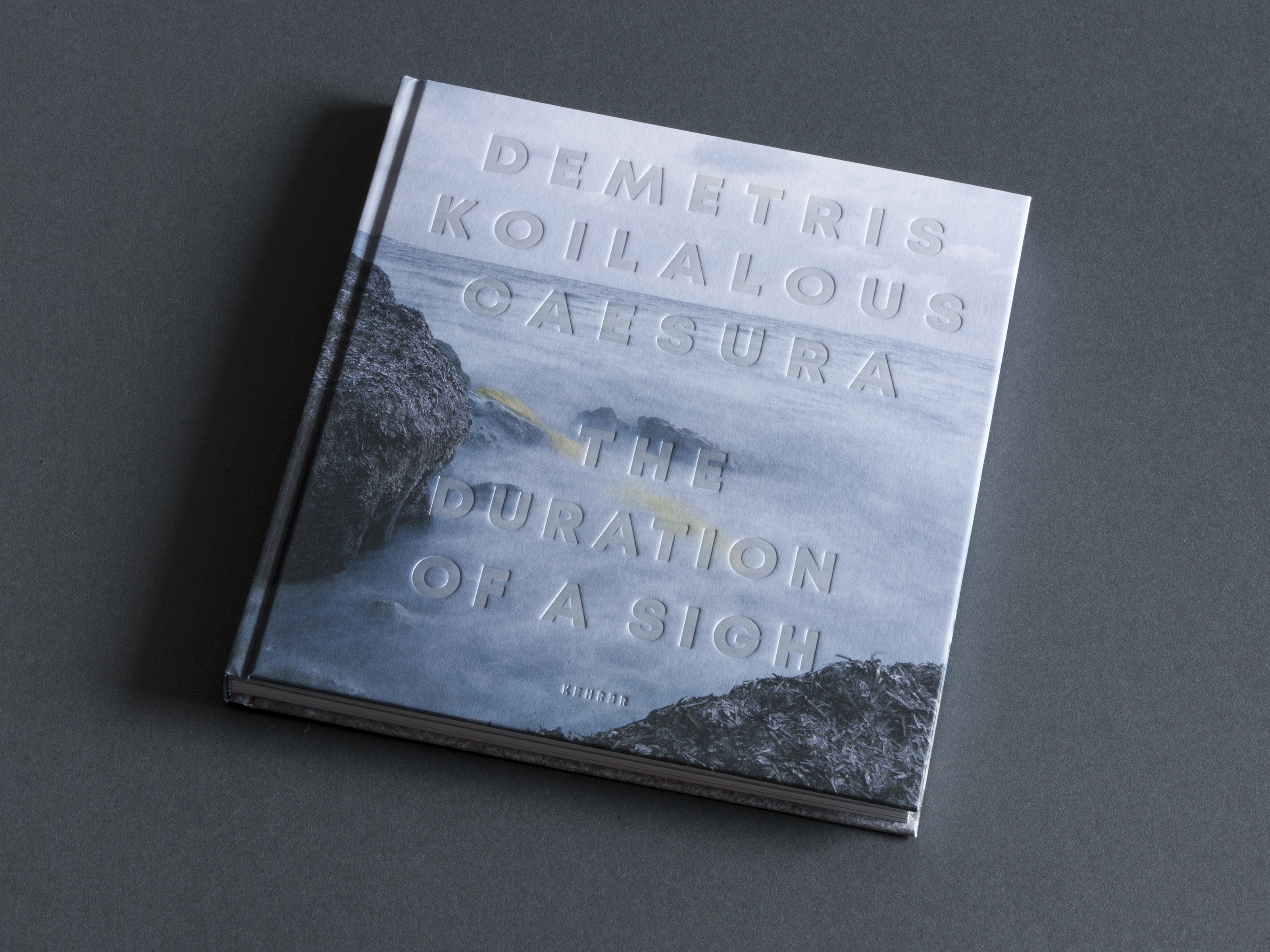From the life raft: Refugee images find fitting home

A wrecked yellow dinghy washed up on the rocks of an unidentified Aegean island, wet clothes hung out to dry on the branches of a tree next to the sea, a lost Iraqi passport. “Caesura,” as the name of Demetris Koilalous’ multimedia project a bit cryptically suggests, seeks to capture that deceitfully quiet lull in between the tumultuous before-and-after in the lives of its unintentional protagonists: the millions of migrants and refugees that have undertaken the perilous, often lethal, crossing to Europe from Africa, the Middle East and South Asia.
More than two years after it was first showcased at the Pireos Street annex of the Benaki Museum, and as the Old Continent braces for a fresh refugee crisis sparked by turmoil in Afghanistan, an adapted version of the award-winning project is currently on display at Shedia Home in downtown Athens.
It certainly is a fitting venue. The cafe and cultural hub, which first opened its doors in 2019, is run by Shedia – Greek for life raft – a street magazine launched in the midst of the scathing financial crisis that saw homelessness and unemployment skyrocket. The magazine is sold by and in aid of homeless and jobless persons.

The two sides agreed to join forces after Shedia had published an interview with the photographer on the Benaki show. The parallels between the plight of refugees and homeless people were hard to miss.
“Τhe photo exhibition acts as a vehicle to bring these two situations together: of the person who has lost their home and the person who has lost their homeland,” Koilalous says.
The project includes landscape photos, staged portraits and out-of-context pictures of personal belongings left behind by people on the move, all images that Koilalous shot in 2015 and 2016 along the Greek border. He does not grapple with the political or historical dimension of mass migration, but rather seeks to explore the impact of uprooting and displacement on the human self. And the man is pretty effective at that.
“Caesura” has been shown at Athens Photo Festival, Les Boutographies in Montpellier, Cardiff’s International Festival of Photography, PhotoIreland, and Kolga Tbilisi Photo. It has won prizes at the Santa Fe Photo Festival, at the Kuala Lumpur International Photo Awards, at Head On Photo Awards and at Life Framer.

The show on Kolokotroni Street is the inaugural one in a series of similar exhibitions to be organized across the capital and the rest of the country as organizers aspire to communicate the identity and the work of Shedia with a wider audience.
Although the core will remain true to the Benaki show, Koilalous plans to tweak the narrative and structure of each individual exhibition depending on geography and timing, and occasionally include previously unpublished works.
The images will be available for sale, while a significant portion of the proceeds will benefit the work of Shedia.
The Shedia Home show will wrap up on Sunday, September 26 with a panel discussion on the relationship between identity and individuals’ personal belongings – one of the key themes running through the project. A psychologist will be tasked with unpacking the connection, as a refugee and a homeless person share their own painful experiences of being forced to give up their treasured possessions. The discussion will start at 6 p.m.
Demetris Koilalous, “Caesura. The Duration of a Sigh,” Shedia Home, 56 Kolokotroni, Athens. For more information about the photographer visit http://www.demetriskoilalous.com/






